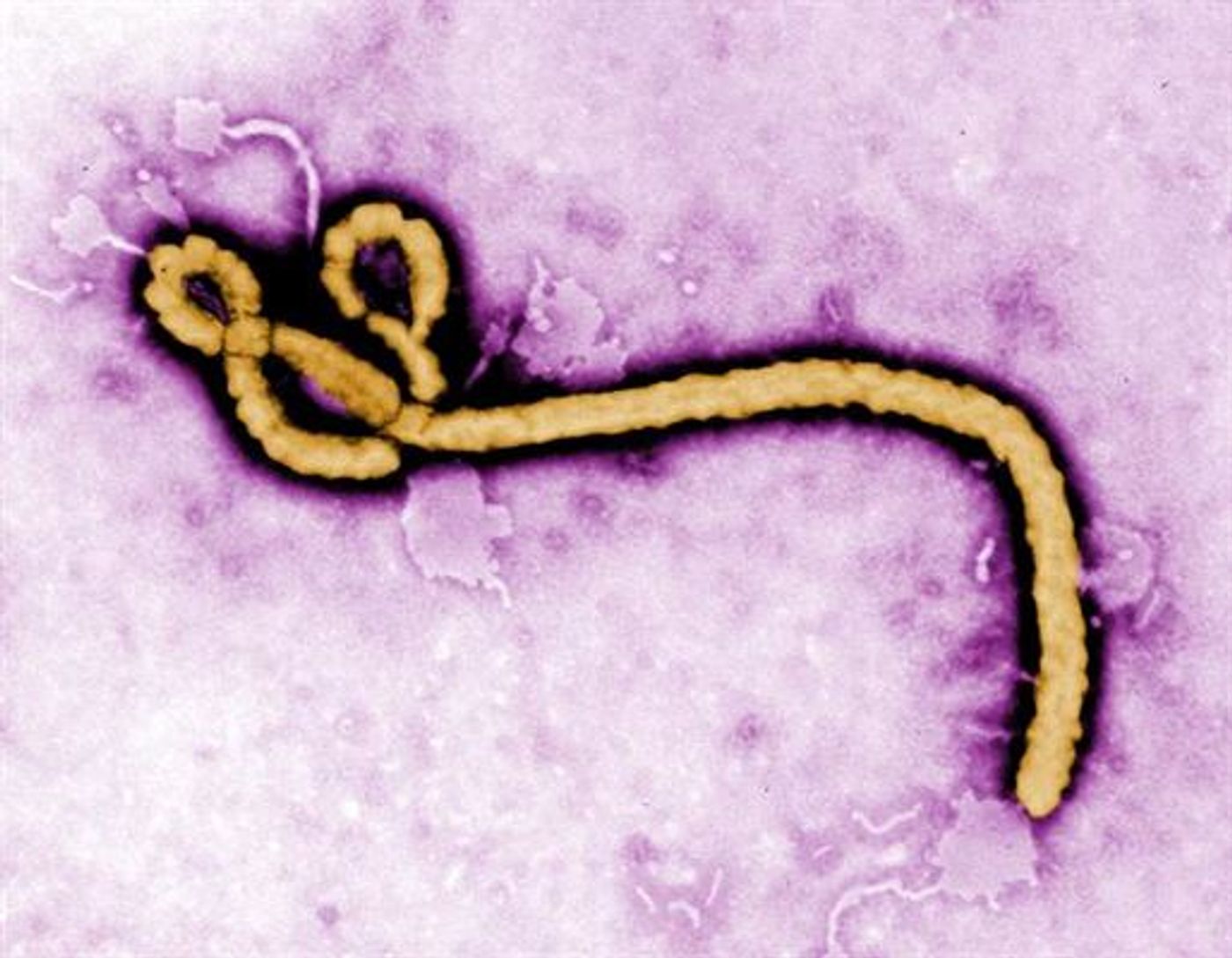Increased Concern as Ebola Outbreak Spreads to a City
Ebola has returned, and the latest news suggests that experts are worried about how bad this outbreak could get. The World Health Organization (WHO) has reported 44 potential cases of Ebola virus disease; three had been confirmed, and 41 are considered suspected or probable. 23 deaths have occurred so far. What is especially troubling is that an infection has appeared in Mbandaka, which is a city in the Democratic Republic of the Congo where about 1.2 million people live.
The Ebola outbreak had previously been confined to the countryside, where health resources are extremely limited. Now it’s happening in a city that has direct transportation links to the capital. There are some upsides, however.
"This is a concerning development, but we now have better tools than ever before to combat Ebola," said Dr. Tedros Adhanom Ghebreyesus, WHO Director-General. “WHO and our partners are taking decisive action to stop further spread of the virus."
Health experts have been deployed to assess the situation. CBS News reports that 4,000 doses of an experimental vaccine have been delivered. It will be given to those most likely to be impacted, like healthcare workers, first. Three nurses are among those thought to be infected, and one has died.
The response to a 2014 outbreak was criticized. It seems that health officials may have learned from their mistakes, and have initiated a rapid response this time.
"The arrival of Ebola in an urban area is very concerning and WHO and partners are working together to rapidly scale up the search for all contacts of the confirmed case in the Mbandaka area," said Dr. Matshidiso Moeti, WHO Regional Director for Africa.
In a statement, WHO said they are working with partners like Médecins Sans Frontières (MSF, who produced the video above) to improve the ability of health facilities to isolate Ebola patients in special wards, and treat them there.
Ebola, or Ebola virus disease, is a hemorrhagic fever. There are five known species of the virus that causes the disease; four of the five affect humans and non-human primates, and the other affects pigs. It’s not known exactly where the virus originates; it is thought, however, that an animal carries it. Bats are most likely the source, and they can transmit it to other animals like monkeys, apes, and humans.
It is spread through direct contact when fluids from an infected person enter the eyes, nose, mouth, or broken skin on another person. It can spread through sexual fluids as well.
The virus has no cure and can have a fatality rate of up to ninety percent.









